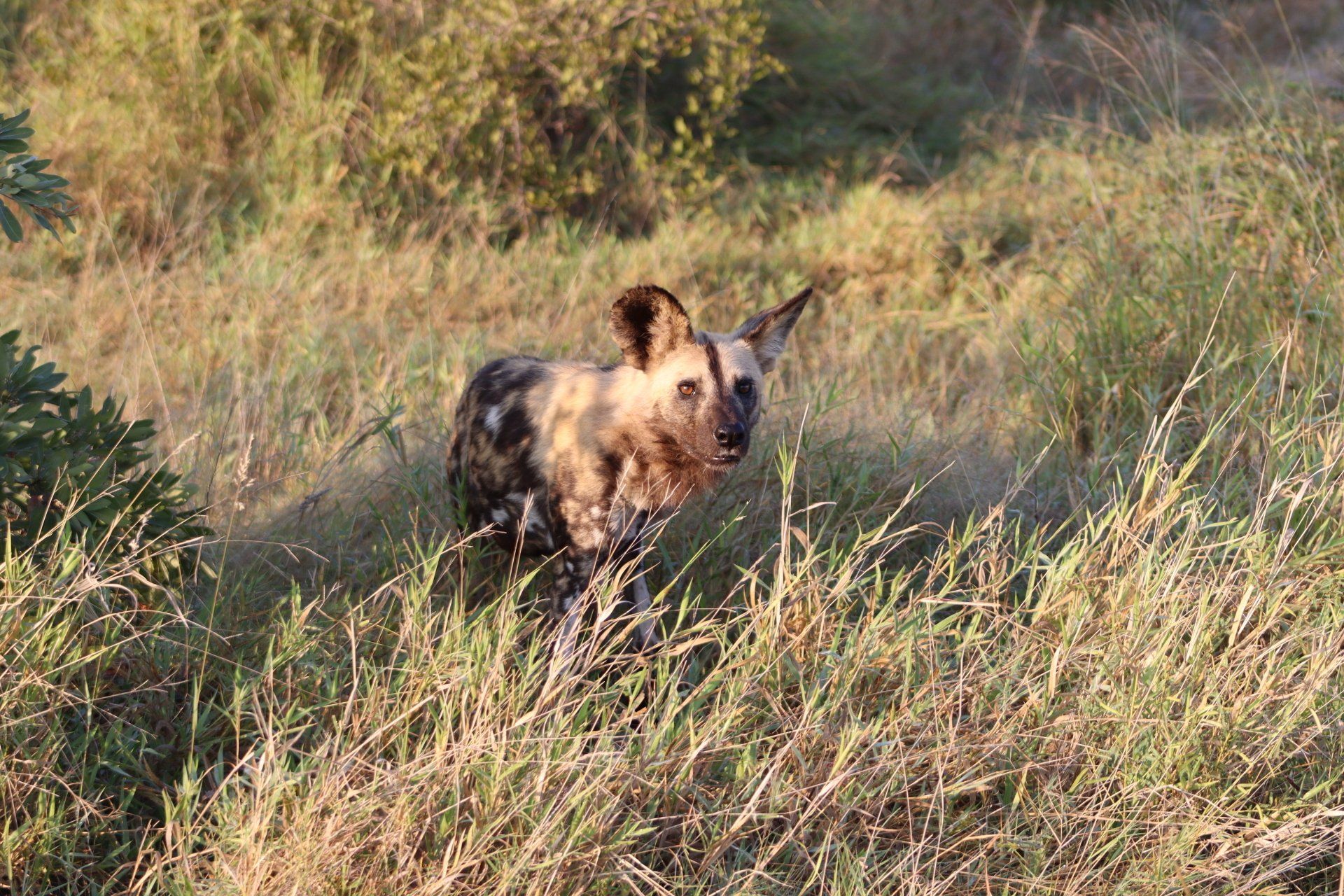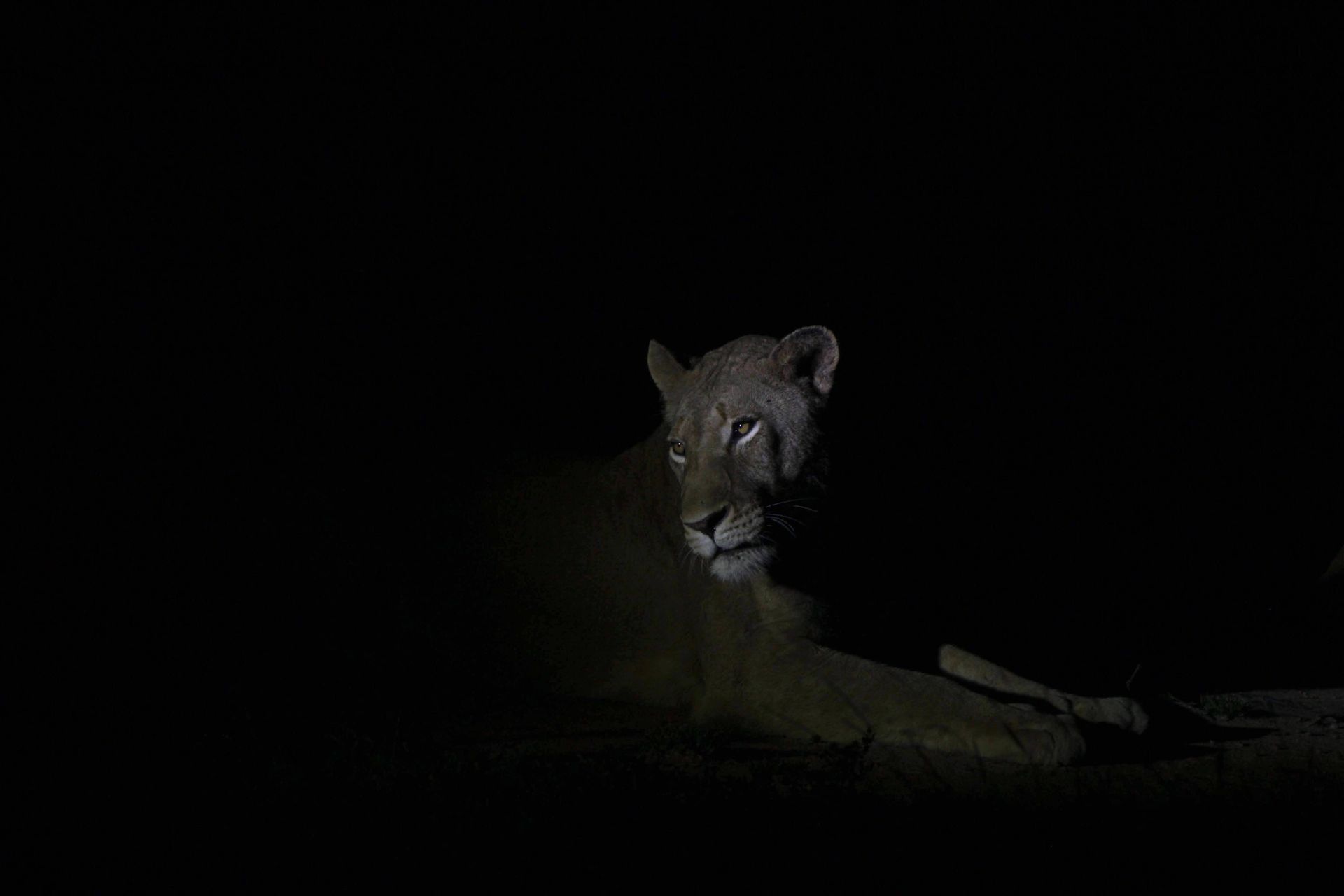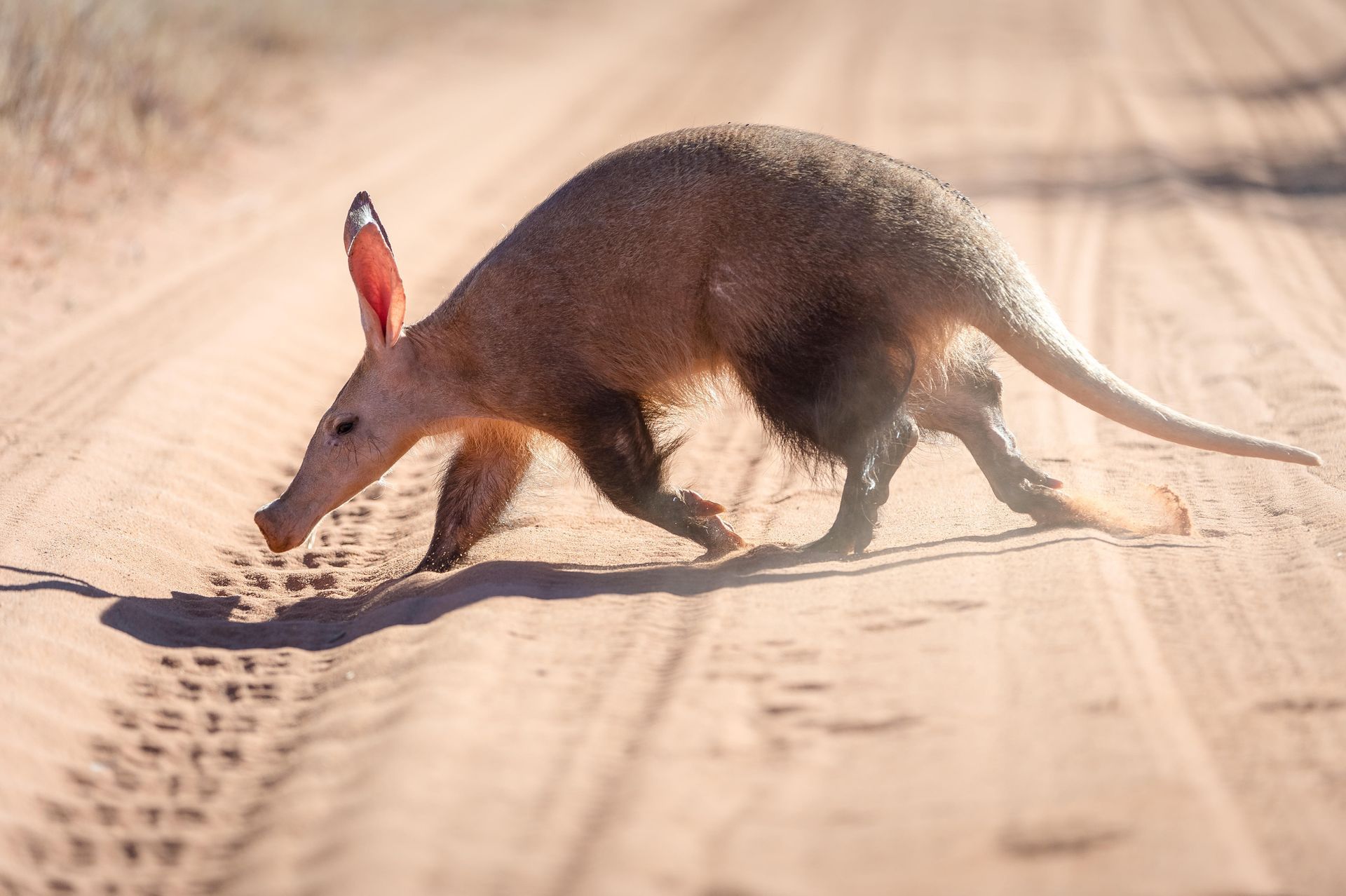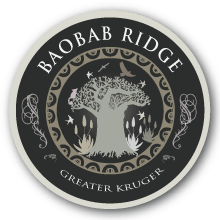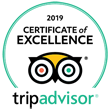Gone to the dogs... A painted wolf story!
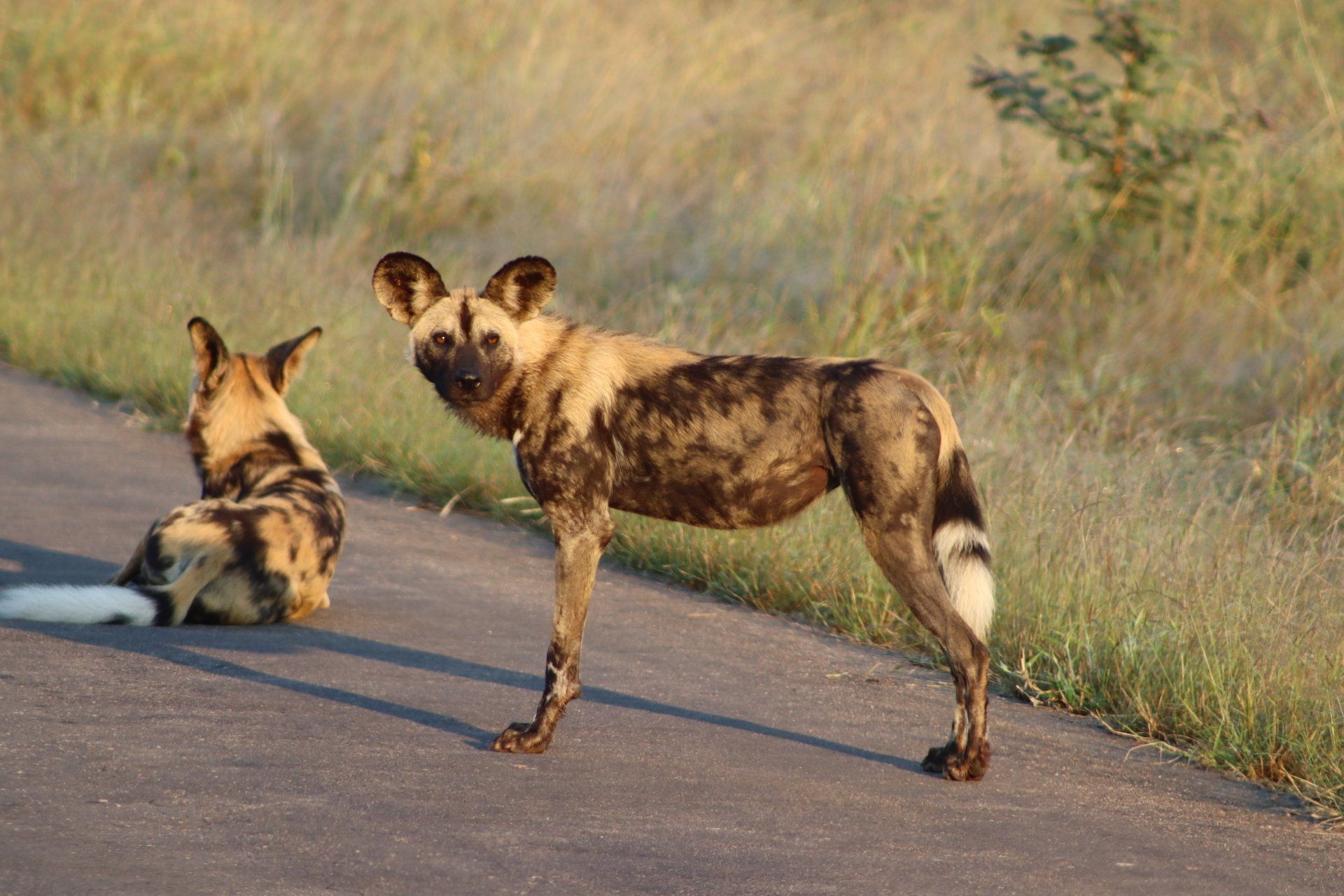
THESE CLEVER CANINES ARE AFRICA'S MOST SUCCESSFUL HUNTERS
More than a dog, but not quite the stature of the wolves we are used to, the painted wolf or African wild dog falls somewhere in between in evolutionary terms. The term "painted wolf" is a literal translation of their latin name - Lycaon pictus - and it's now used to describe these distinctive and delightful predators, even though it falls somewhat short when explaining precisely how unique and infinitely fascinating these members of the dog family are.
First of all, they're canny canids and are famed for their intelligence, especially when hunting. They act strategically and carry out hunts as a pack using their incredible ability to co-ordinate and execute sophisticated chase and attack routines that inevitably bring down prey. Their kill rate is the highest of all African predators, making them the most successful hunters on the continent.
Their cleverness is matched by their social structure, with a pack being "ruled" by a dominant breeding pair which some call the "alpha" pair. All members of the pack have an important role to play in painted wolf family life, irrespective of their social ranking. They care for old and sick pack members as well as they do their young. Only the dominant pair breed but everyone takes care of the puppies, doing their best to ensure their survival.
In our previous blog, Raining Cats & Dogs, we looked at the need to conserve and protect painted wolves and that there are only an estimated 6600 of these incredible animals left in Africa. It's a need that's hampered by the enormous distances that packs cover, which can be as much as 1500 square kilometres, inevitably brininging them in contact with human settlements.
Painted wolves are considered a pest by many stock and subsistence farmers and have been known to prey on domestic animals like cattle, sheep and goats, but often the stock losses attributed to wolf packs are in fact the work of one of their rivals - the spotted hyena. Curiously, in spite of their distinctive patterned coats, many farmers wrongly identify hyenas as painted wolves, adding to their reputation as stock thieves.
Coming into contact with human settlement isn't risky just because of the threat of being blamed for killing farm animals, though. It also brings them into contact with domestic dogs and very contagious diseases like canine distemper which can devastate painted wolf populations.
We often find our local painted wolf packs along the tar road that separates the Klaserie from its neighbour, the Timbavati. They use it as an easy highway from north to south and many of the sightings we get of these amazing creatures are on or close to this road. It's always lucky to see painted wolves because they are constantly on the move, only settling when they den to have puppies. As soon as the pups are big enough and strong enough to keep up with the pack they get on the move again, killing, eating and sleeping as they go.
Whichever way you get to see them, it's always a rare privilege to see these magnificent animals and spend time observing them in their natural habitat. So when we do get a call that they've been spotted, we will always recommend making the sometimes bumpy journey to go and see them. And if we come across them ourselves, we always like to share the sighting with as many of our neighbouring lodges as possible.
The Klaserie is doing wonderful work to help protect and save painted wolves, and as a lodge we always encourage our guests to get involved with valuable conservation programmes that are both researching and conserving iconic wildlife species like the painted wolf. So feel free to ask us more during your stay with us and let us recommend conservation programmes that we subscribe to.
